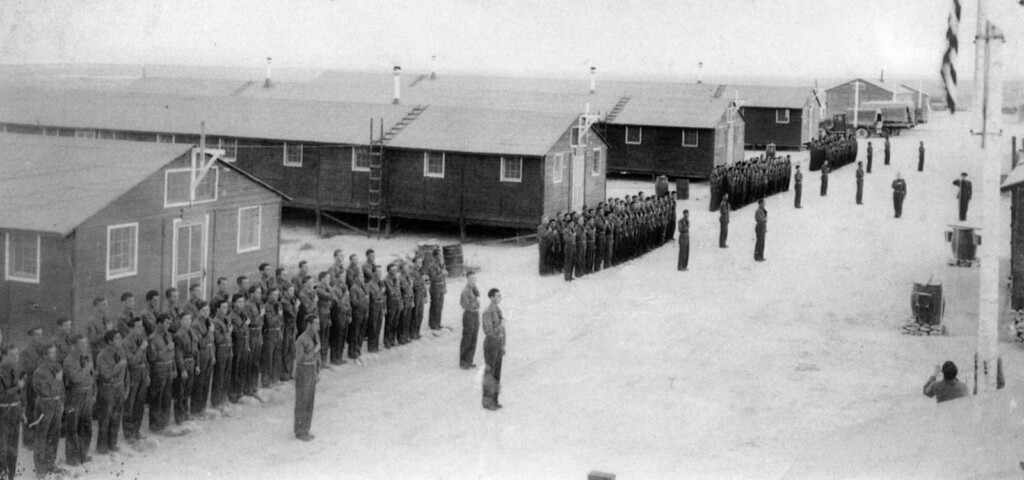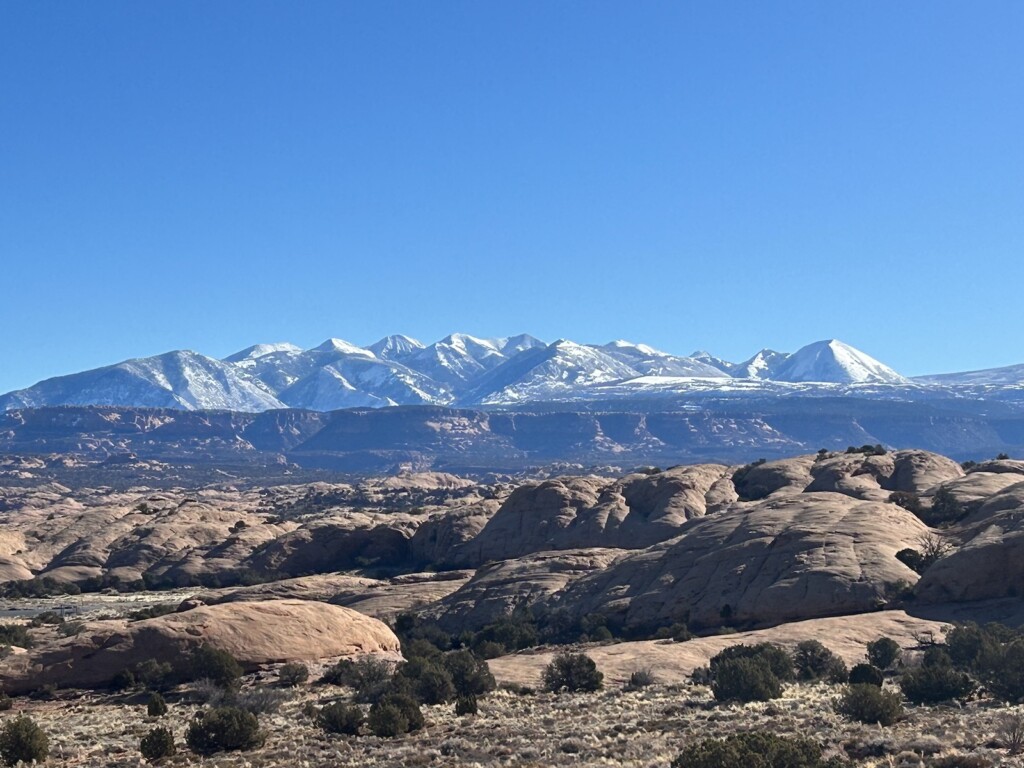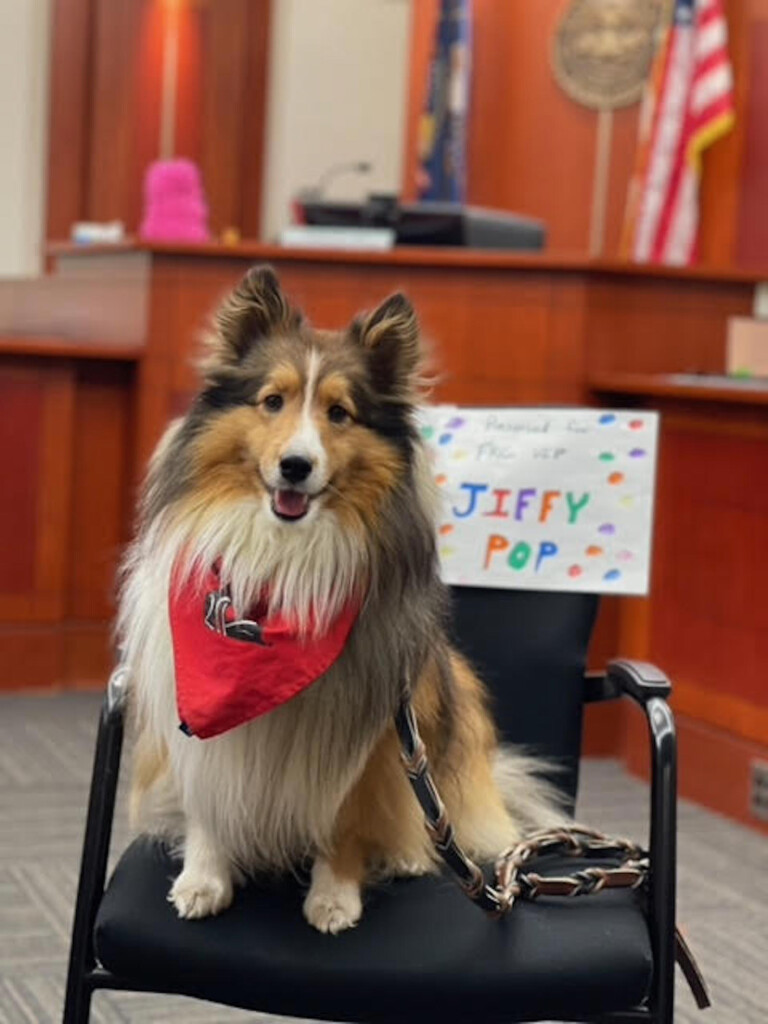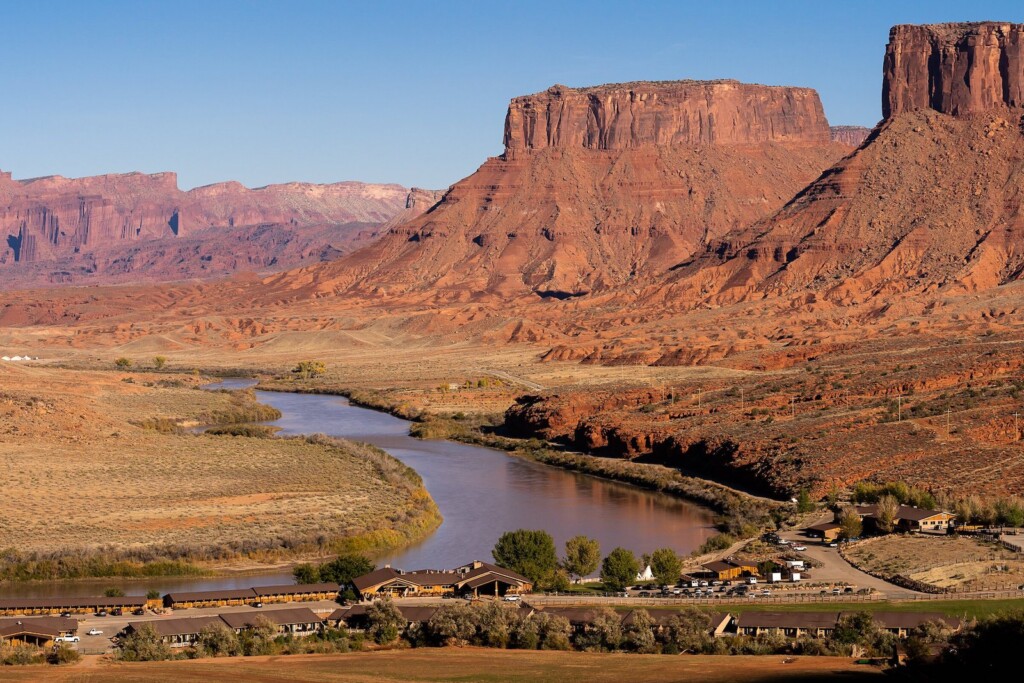MOAB — During the 1930s, nearby Dalton Wells served as a Civilian Conservation Corps camp to put unemployed men back to work on public projects during the Great Depression.
But by early 1943, World War II began to rage and the camp was repurposed to incarcerate Japanese American “troublemakers.” From January to April of that year, 55 men were detained in the Moab Isolation Camp.
From 1942 to 1945, approximately 120,000 Japanese Americans were uprooted from their homes and held indefinitely in several internment camps in Arizona, Arkansas, California, Colorado, Utah, and Wyoming.
While much has been written about Utah’s Topaz internment site, Moab’s short-lived prison camp is largely unknown. But a handful of history lovers recently collaborated to produce a moving and informative exhibit describing what transpired in the desolate area north of Moab.
That new exhibit opened in mid-February at the Moab Museum, 118 E. Center Street, and will continue through June. Visitors can view it Tuesday through Saturday from 9 am to 5 pm.
LESSONS FROM THE PAST
Mary Langworthy manages the Museum’s public programs and oversaw the process that brought the camp’s story to life. For several months, she partnered with Utah State Parks and others with research expertise in that collaborative effort.
Letters and photos gathered from descendants of the 55 prisoners depicted what it was like for American citizens to be held without charges or due process because of their race.
But only those who stood up and spoke out earned tickets to Moab’s isolation camp. Questions such as, “What’s the charge under which you’re holding me here?” or, “Why am I being held here?” marked them as troublemakers.
“The conditions here were rough,” Langworthy said. “They were kept closely guarded and the camp staff member in charge of security used fear and intimidation to boss them around.”
Letters described how they’d been stripped of their First Amendment right to assemble. Langworthy said that one camp administrator told them to meet outside his office the next morning if they had a problem with that.
“So they did, and he said that they were doing it (assembling). He threw these people in the Grand County Jail with no judicial proceedings and without governmental authority,” Langworthy said.
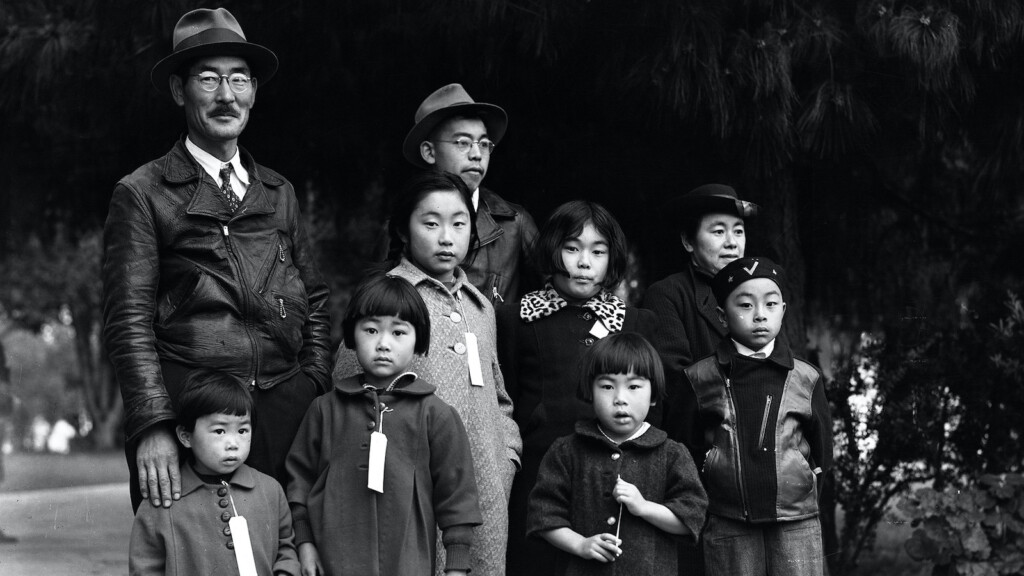
LONGSTANDING RACISM
Vilification of an entire population seemed to flow easily after decades of systemic racism in the US. Langworthy said that since the early 1900s, laws restricted Chinese and Japanese immigrants from naturalizing and becoming citizens.
But widespread war struck the final blow. President Franklin Roosevelt issued Executive Order 9066 on February 19, 1942, authorizing forced relocation of Japanese Americans because they were seen as a national security threat.
Decades later, America shut the door on that shameful chapter when President Ronald Reagan signed the Civil Liberties Act, which apologized and offered reparations to survivors who had been uprooted and detained without recourse in the 1940s.
“This action was taken without trial, without jury … based solely on race,” Reagan said during the August 10, 1988 bill-signing ceremony.
But Reagan acknowledged that “no payments can make up for those lost years,” noting that “here we admit a wrong; here we reaffirm our commitment as a nation to equal justice under the law.”
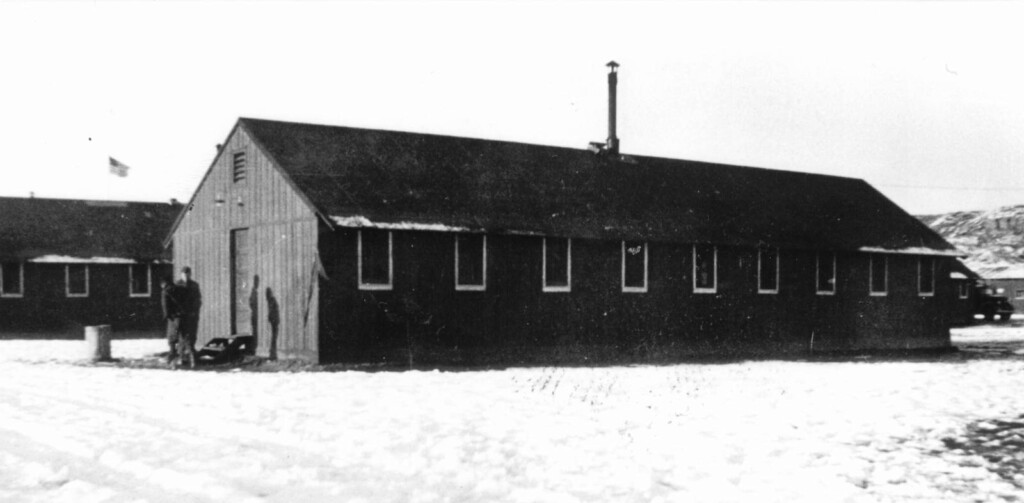
RAISING AWARENESS
The Moab exhibit held a soft opening on February 15 with former state Sen. Jani Iwamoto — a Japanese American who had been instrumental in passing February 19 Day of Remembrance legislation in 2022 — offering initial remarks.
Reached by phone, Iwamoto shared a personal connection to that harsh era. Her grandfather, Toshio Kato, had helped launch the Buddhist Temple in Ogden where he served as a leader in its Japanese American community.
“He was taken from his home in the middle of the night, stripped and shackled, and taken to the Salt Lake City jail. And then he was incarcerated by the Department of Justice in another state,” Iwamoto said. Iwamoto’s mother was a child at the time. She is often reminded that the fight isn’t over as prejudice takes root through dangerous stereotypes.
“Justice is a matter of continuing education because history repeats itself. Our rights can be taken at any time,” she said.
Langworthy said that the Moab exhibit logged almost 250 visitors during its opening weekend.
WHAT’S NEXT?
The Dalton Wells/Moab Isolation Camp site is now part of the new Utahraptor State Park that commemorates the area’s paleontology and human history. The new park is slated to open in spring 2025.
According to Langworthy, portions of the Moab Museum exhibit will eventually be housed there.
Feature Image: Dalton Wells Flag Ceremony. Photo courtesy of the Moab Museum.

